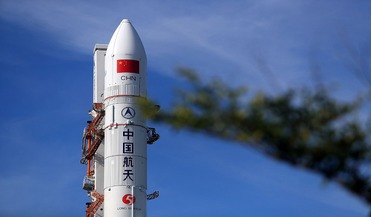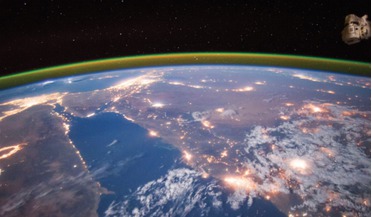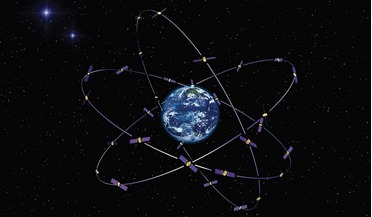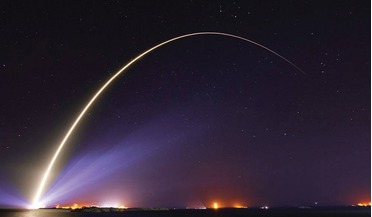 04 July 2017
Rocket failure could delay China's Chang'e 5 mission
04 July 2017
Rocket failure could delay China's Chang'e 5 mission
.... The rocket was carrying Shijian-18, a seven metric tonne experimental communications satellite that was to be placed into geostationary orbit, some 36,000 km above Earth. Great expectations are riding on the success of the Long March 5 which was...
 August 2016
High-resolution Earth observation data is changing the character of war
August 2016
High-resolution Earth observation data is changing the character of war
..., sea and air power). The spacepower attribute of perspective allows satellites in orbit above Earth’s surface, from several hundred kilometres to 36,000 km in geostationary orbit, coverage over great distances within and beyond national boundaries...
 July 2014
Achilles’ heel
July 2014
Achilles’ heel
..., advances in materials science and satellite design have meant that the operational lifetime of a satellite in geostationary orbit, assuming no extraordinary solar activity, is determined more by its ability to remain correctly pointed, than by its...
 March 2015
A boom and a (possible) bust in small spacecraft production
March 2015
A boom and a (possible) bust in small spacecraft production
... of spacecraft to operators, as is the case with big spacecraft (for instance, heavy communications spacecraft in geostationary orbit). As a result, vertical integration occurs in these SSC developing companies. Previously, space companies did almost...
 March 2016
From Sanctuary to Battlefield
March 2016
From Sanctuary to Battlefield
...satellites to observe what other countries are doing in geostationary orbit. While these steps represent encouraging progress, the ...as unmanned aerial vehicles, for a range of missions than orbital assets. Along these lines, last year the US Secretary...
 July 2019
Settling the final frontier
July 2019
Settling the final frontier
.... This GOES weather satellite, one of many, continuously transmits information about weather patterns over the US from a geostationary orbit. Even if we can solve all our resource issues, the threat of calamity – man-made or natural – still looms...